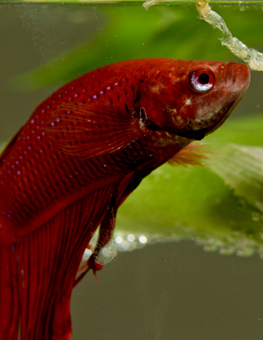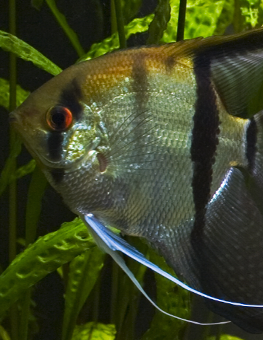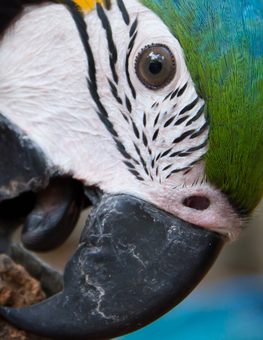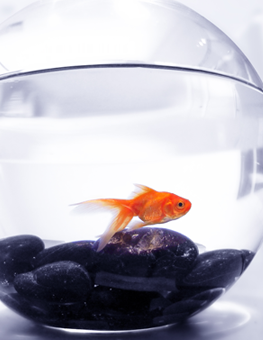Reptile Behavior Basics
Do reptiles have personalities or exhibit distinct behavioral patterns? They certainly do.
While reptiles do not have the “typical” personality traits of other companion animals such as dogs, cats and birds, they do have their own assortment of fascinating habits and behaviors, and during the course of your relationship with your reptile, you may even observe some signs that a human-animal bond has taken place.
- Adaptive behaviors. What goes on in a reptile’s typical day has a lot to do with thousands of years of adaptation. While you may not recognize the patterns at first, you can be sure that they are laid deep in your reptile’s
genetic code.- Heat seeking. When a reptile needs belly heat, usually after a meal of some type, you’ll notice that it finds an appropriately warm spot within the terrarium and hunkers right down on it, remaining absolutely still while its metabolism generates internal energy and sets to work digesting dinner.
If your reptile spends a disproportionate amount of time under the lighting or heating element, it may be a sign that the ground temperature is not warm enough to provide the necessary amount of digestive heat. This may also be true if the reptile attempts to make physical contact with an overhead heat/light source. - Security seeking. Some reptiles will climb up on objects to seek a feeling of security; others burrow into their substrate. Almost all reptiles require a dark, enclosed hiding place within the vivarium. It’s important to provide your reptile with a cave-like place where it can safely rest.
- Heat seeking. When a reptile needs belly heat, usually after a meal of some type, you’ll notice that it finds an appropriately warm spot within the terrarium and hunkers right down on it, remaining absolutely still while its metabolism generates internal energy and sets to work digesting dinner.
- Noisemaking. Believe it or not, some reptiles can actually generate sound. In nature, the sounds are usually for the purposes of mating or self-defense. Some reptiles exhibit a head-bobbing action, which is also indicative of a mating ritual or a defense mechanism. If your reptile gives you the head-bobbing treatment, it could be considered a sign of recognition—or maybe even affection.
- Hunting rituals. If your reptile is a carnivore or insectivore, observing the hunting ritual can be a fascinating experience. You’ll really gain an appreciation for the wonders of nature when you see just how a reptile tracks down a hearty meal.
- Reactions to handling. If you plan on handling your reptile regularly, initiate contact while he is young and do it frequently enough so that he learns to accept human contact.
When you pick up your reptile be very gentle—despite his tough, leathery appearance, he requires gentle handling. While you’re being careful with your pet, also be careful with yourself. Avoid sharp claws or strong, whipping tails. Adult iguanas, for example, should be handled with thick gloves as their claws can do quite a bit of damage to unprotected skin.
Being in tune with your pet’s behavior is critical to determining whether he is healthy or sick. If he is sick, he may have been so for quite some time: reptiles are masters at hiding disease. This is why it is important to thoroughly familiarize yourself with your species of reptile. Regular visits to the vet and good record keeping will help.











